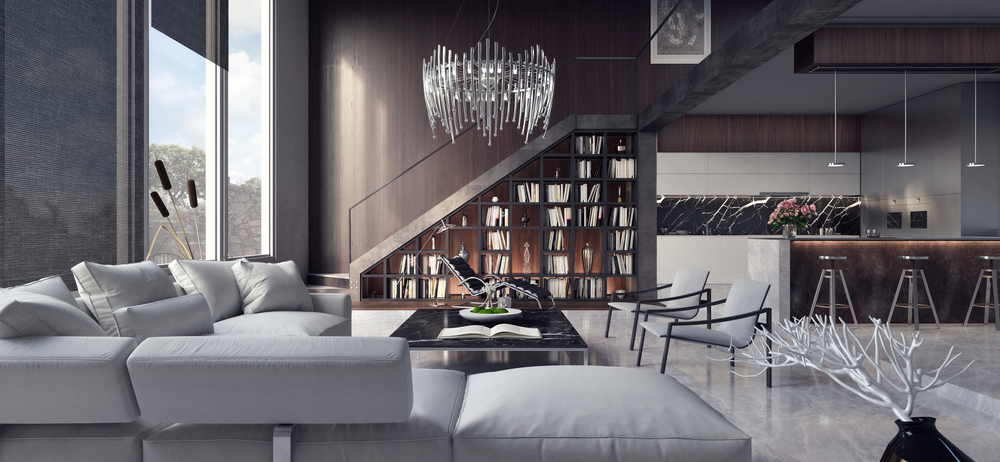Loft Design Ideas For Industrial
If you’re lucky enough to live in an industrial-style loft, space, light and flow are all on your side. It’s the kind of living situation that allows for so much creativity in design.
“There are multiple benefits to loft living. One of the primary assets is that the space is so flexible—it adapts to what is required by the owner and provides a very holistic, fluid way of life,” says Karen Howes, CEO of Taylor Howes design studio in London. “There is a wonderful flow of open spaces allowing total flexibility.”
There are also limitless possibilities for entertaining, said Jordan Rogove, co-founder of DXA studio in New York. And “light flows through the space creating length and depth to the property,” she said.
But with so much raw space to work with, designing a loft can be daunting, so we turned to a few design professionals for tips on how to make it feel homier.
“Opt for rich woods like walnut and mahogany, plush materials like leather, and upholstered fabrics—all illuminated with natural light sources.
“The juxtaposition of cooler materials, such as stone and metals, with warmer ones like wood and fabric can be effective. For example, dark wood panels and large windows create a dramatic backdrop for a minimally detailed kitchen dressed with simple yet elegant stonework.
“You don’t have to use the same colors throughout. The palette can shift through a procession of spaces, helping to create different moods.”
— Jordan Rogove, co-founder of DXA studio in New York
Designed by Jordan Rogove, co-founder of DXA Studio in New York, this loft at 242 Broome, a building in Manhattan’s Lower East Side, feels homey thanks to warm wood flooring and furniture combined with light-colored fabrics.
More: Decorating With Animal Print (In a Tasteful Way)
Consider every aspect of the space
“In the living areas, we often leave the windows undressed, as they tend to work as frames, shaping and reflecting the outside world. For the bedroom, however, to create a private space, we keep it simple with blackout roller blinds and a sheer full-length curtain to provide a soft aesthetic.
“Storage should be freestanding and easy to move, meaning, it shouldn’t detract from the light by being too cumbersome. Additionally, the space being such a blank canvas means you can integrate and work with any genre of furniture. From modern designs to antique pieces, loft living gives wonderful freedom to choose as you wish.
“Given that most lofts tend to have a beautiful rustic and warehouse type of aesthetic, timber flooring is most suitable. By using random wide plank timber and then putting lovely textural rugs across the space, you’re able to soften the area and create a warm feeling from the ground-up.”
A floor-to-ceiling wine fridge, massive windows, and a statement light fixture maximize vertical space to its best advantage in this loft designed by Karen Howes, CEO of Taylor Howes, London.
Use the volume to your best advantage
“The benefits of loft living include expanses of open space and the ability of light to penetrate it more deeply.
“You can maximize vertical space by using it. For instance, large chandeliers, pendant light fixtures, or even mobile sculptures further define the space. High walls afford great storage opportunities, with drawers up to waist level and shelving accessible from a rolling library ladder above. Huge walls are also great places to hang large paintings or salon-style installations of many smaller framed works of art.
“The color palette does not have to be consistent throughout, but the palette of contiguous spaces should relate to one another. Keep in mind a rich palette adds warmth to an industrial type of space. Rich textures and interesting furnishings can also add warmth, as can personal collections. Reclaimed wood floors and walls, pressed-tin ceilings, and flokati rugs all make the space more inviting.
“To reinforce the industrial feel, go with concrete floors, exposed metal ductwork, stainless-steel cabinetry and science lab countertops.”
More: Click to read more design tips from designers who work on luxury properties

